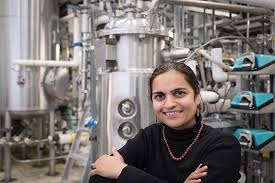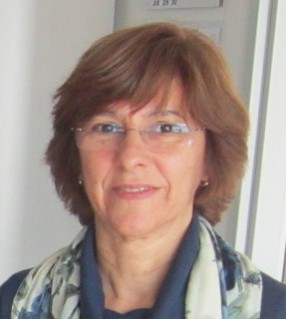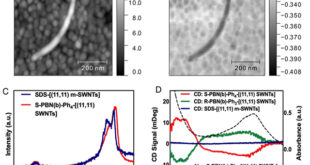Significance
Technological advances and environmental awareness are increasingly favoring the use of natural fibers as opposed to synthetic fibers, as reinforcement for composite materials. This can be attributed to their good mechanical and physical properties, high stiffness, renewability, abundancy, biodegradability and excellent tensile strength. Natural fibers in their native form have several shortcomings. For this reason, they require pretreatment so as to improve their biocompatibility. Several treatment techniques are available including chemical treatments, physical treatments, enzymatic treatments or a combination of these methods such as physicochemical processing. Additionally, enzymatic treatments are suitable due to their environmentally ‘green’ nature and high efficiency. Polylactic acid has recently emerged as an outstanding biopolymer, however, it has some notable shortcomings which can be improved by incorporating cellulosic fibers from pulp and paper solid sludge. Unfortunately, such types of treatment have not been thoroughly investigated.
To this note, a team of researchers at Institut National de la Recherche Scientifique (INRS): Mohamed Amine Laadila , Krishnamoorthy Hegde, Dr. Tarek Rouissi and led by professor Satinder Kaur Brar investigated the mechanical properties of biocomposites developed from recycled polylactic acid from packaging industry and treated cellulosic fibers from pulp and paper solid waste. They intended to employ microwave and enzymatic treatments for extraction and surface modification of hydrophilic cellulosic fibers. The research involves also a contribution from Dr. Maria da Conceição Paiva at the University of Minho, Professor Ridha Ben Cheikh at Tunis El Manar University, Professor Luca Sorelli at the University of Laval and Kofi Abokitse president and general manager of Ozymes Inc.. Their work is currently published in, Journal of Cleaner Production.
The research method employed commenced by extracting and modifying the surface of hydrophilic cellulosic fibers using enzymatic and microwave treatments. To be more specific, the researchers performed the enzymatic treatments for activation of hydroxyl groups and improvement of adhesion between matrix and fibers including controlling the length of cellulosic fibers with size reduction of around 50% as compared to microwave treatment. The research team then undertook scanning electron microscopy measurements, X-ray diffraction, and Fourier transforms infrared spectroscopy measurements.
The authors observed that the microwave treatment produced cellulosic fibers of 293 and 341 micrometers, for primary and mixed biosolids, respectively. They also noted that the mechanical properties of biocomposites with 2% (w/w) of treated cellulosic fibers was enhanced in comparison to the recycled polylactic acid. Scanning electron microscopy revealed size reduction of cellulosic fibers. X-ray diffraction and Fourier transform infrared spectroscopy confirmed strong mechanical properties of novel biocomposites.
The study has successfully presented the testing of the effects of treated cellulosic fibers on mechanical properties of recycled polylactic acid using the microwave and enzymatic treatment. It has been seen that the microwave irradiation method is efficient for the cellulose extraction and size reduction of cellulosic fibers from pulp and paper solid waste. To this end, this study has shown that the proposed combined physical and enzymatic treatment for pulp and paper solid waste could be one of the most reliable methods for the reinforcement of the biocomposites, and this could open other valorization options for these residuals.
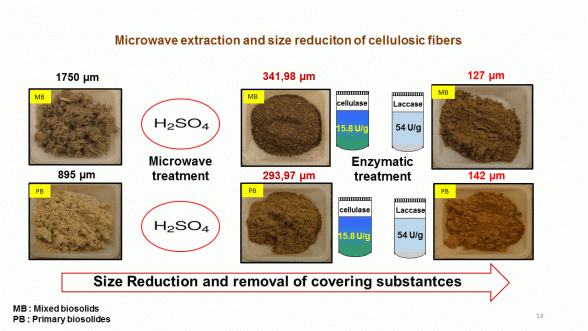
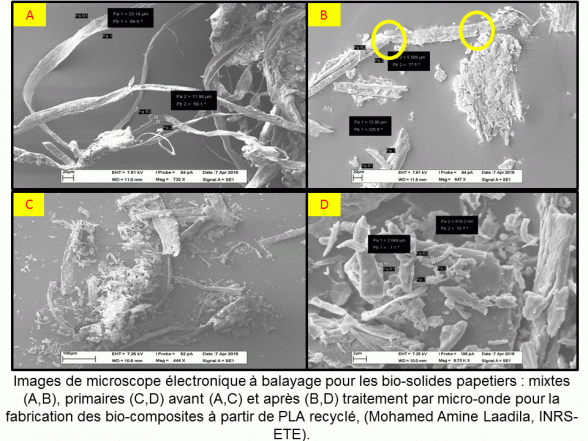
Reference
Mohamed Amine Laadila, Krishnamoorthy Hegde, Tarek Rouissi, Satinder Kaur Brar, Rosa Galvez, Luca Sorelli, Ridha Ben Cheikh, Maria Paiva, Kofi Abokitse. Green synthesis of novel biocomposites from treated cellulosic fibers and recycled bio-plastic polylactic acid. Journal of Cleaner Production volume 164 (2017) page 575-586
Go To Journal of Cleaner Production
 Advances in Engineering Advances in Engineering features breaking research judged by Advances in Engineering advisory team to be of key importance in the Engineering field. Papers are selected from over 10,000 published each week from most peer reviewed journals.
Advances in Engineering Advances in Engineering features breaking research judged by Advances in Engineering advisory team to be of key importance in the Engineering field. Papers are selected from over 10,000 published each week from most peer reviewed journals.

